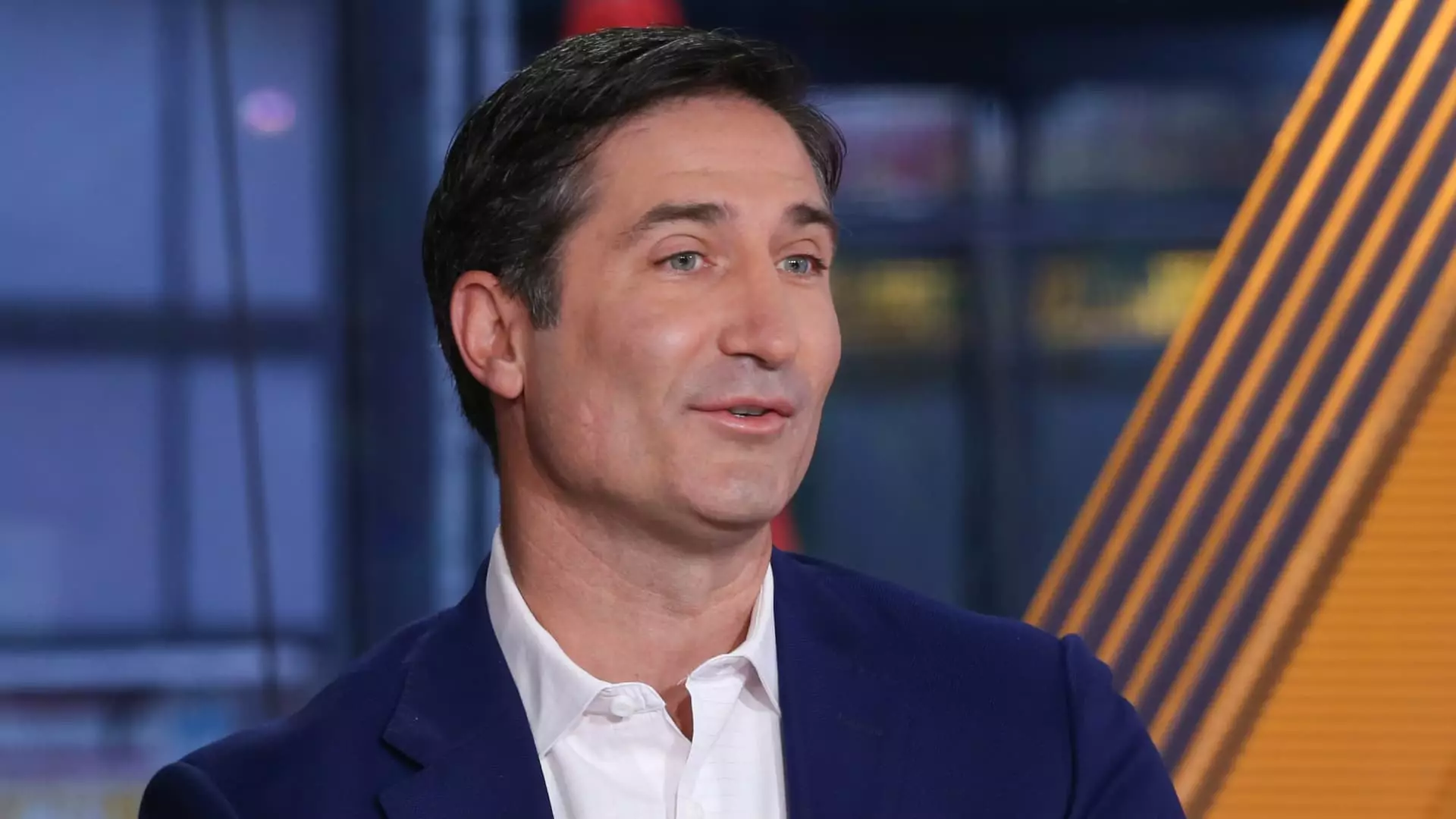Starbucks has recently reported a concerning trend of declining same-store sales for the fourth consecutive quarter. Despite the troubled sales figures, the company has managed to exceed Wall Street’s expectations in terms of quarterly earnings and revenue. This contradiction highlights the complexities facing Starbucks as it navigates a significant turning point in its operations, particularly in the U.S. market.
The coffee powerhouse is experiencing a dip in same-store sales, with a reported drop of 4% compared to previous years. This comes primarily on the back of an 8% decline in foot traffic to its cafes across the U.S., indicating that customers may be shunning in-store experience in favor of either competing options or even home brewing. The same distressing pattern can also be observed internationally, with a 4% decline in same-store sales outside of the U.S., and a 6% drop in China—its second-largest market.
These statistics paint a grim picture and raise critical questions about consumer behavior and preferences post-pandemic. Starbucks’ struggles in attracting customers are symptomatic of a broader trend that has seen many brick-and-mortar retailers grapple with competition from more budget-friendly options, such as Luckin Coffee in China. Consequently, the company has begun utilizing discounts in its second-largest market, signaling an acute awareness of its need to adapt to these fierce industry dynamics.
Despite the struggles with sales figures, Starbucks managed to report net income of $780.8 million, equating to 69 cents per share. Although this is less than the previous year’s net income of $1.02 billion or 90 cents per share, it still exceeds Wall Street’s expectations of 67 cents. Moreover, Starbucks recorded a revenue of $9.4 billion, surpassing the anticipated $9.31 billion. This financial resilience amidst operational difficulties suggests that Starbucks may possess underlying strengths that could be harnessed during its turnaround efforts.
Starbucks has wisely chosen to capitalize on its financial surpluses to implement its new strategic plans, which involve significant changes in leadership and operational structure. These actions may help navigate the challenging waters of declining sales and shifting consumer preferences.
Under the leadership of CEO Brian Niccol, who transitioned from his previous role at Taco Bell, Starbucks has initiated a comprehensive turnaround strategy. This includes eliminating additional charges for non-dairy milk alternatives, a decision aimed at appealing to a broader demographic of coffee drinkers. Furthermore, the marketing approach has shifted back to promoting their core offerings: coffee and customer experience. These tactical adjustments suggest a return to the roots of the brand’s identity.
However, a significant element of Starbucks’ strategy involves restructuring its corporate workforce, including splitting the position of the North American president into two roles. This step highlights the company’s commitment to refining its management and operational efficiency in hopes of reinvigorating sales and customer loyalty. Additionally, plans for fewer new coffee shop locations aim to conserve financial resources to support a comeback rather than rapid expansion.
As the coffee giant grapples with these challenges, the ability to bounce back will heavily depend on how effectively it can stabilize its U.S. market presence and reignite customer engagement. With advancements in its turnaround strategy already underway, the company has expressed confidence in the progress made so far, despite the awareness that there remains significant room for improvement.
However, the continuation of layoffs, although yet undisclosed in scale, adds an air of trepidation to the company’s plans. As these organizational changes unfold, stakeholders will be watching closely not only to see if they yield the desired outcomes, but also to gauge how Starbucks navigates this transition in the coming fiscal year. Although hurdles remain formidable, the company’s ability to tap back into its unique brand identity while responding to market demands may ultimately determine the success of this ambitious turnaround plan.

